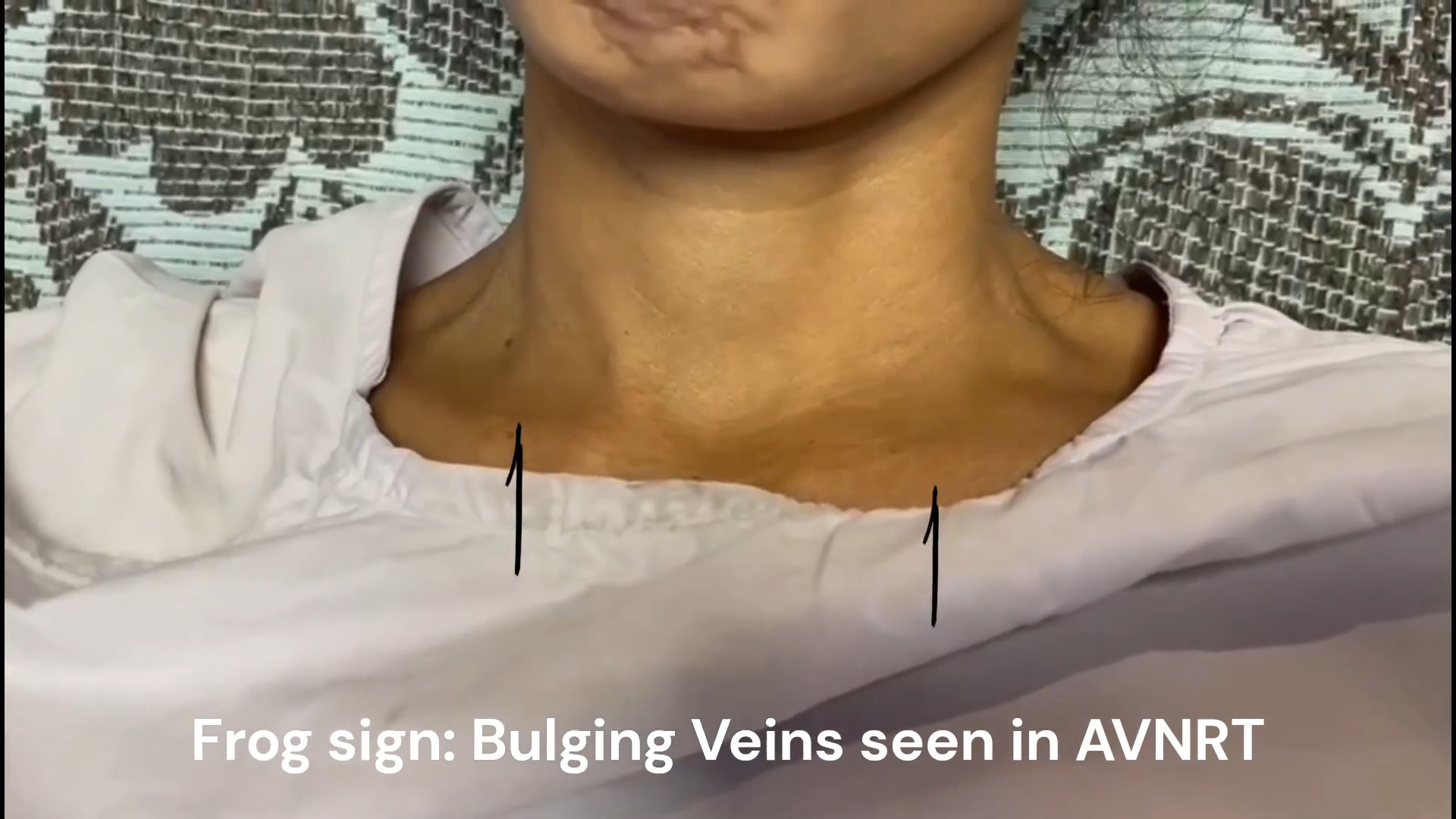Marcus Gunn Pupil also called Relative Afferent Pupillary Defect RAPD
Definition
Marcus Gunn Pupil (also called Relative Afferent Pupillary Defect – RAPD) is a clinical sign indicating a defect in the afferent pathway of the pupillary light reflex, typically due to optic nerve or severe retinal disease in one eye.
👁️ Normal Pupillary Light Reflex
When light is shone into one eye, both pupils constrict equally (direct and consensual response).
This is because light impulses travel through the optic nerve (afferent) → pretectal nucleus → Edinger-Westphal nucleus (efferent) → oculomotor nerve (CN III) → pupil constriction.
⚠️ In Marcus Gunn Pupil (RAPD)
When you shine light alternately between the two eyes (Swinging Flashlight Test):
The affected eye’s optic nerve transmits less light signal.
So when light is shone on the affected eye, both pupils paradoxically dilate (appear to enlarge) instead of constricting, because the brain perceives less light input.
When light is moved to the normal eye, both pupils constrict normally.
🧠 Pathophysiology
The problem is afferent (sensory), not efferent (motor).
Light entering the affected eye produces less stimulation of the midbrain centers → reduced parasympathetic outflow → weaker constriction.
🧾 Causes
Optic nerve lesions
Optic neuritis (common in multiple sclerosis)
Optic nerve compression (tumor, aneurysm)
Optic nerve trauma
Ischemic optic neuropathy
Severe retinal disease
Central retinal artery occlusion
Central retinal vein occlusion
Retinal detachment
Advanced glaucoma
🧪 Diagnosis – Swinging Flashlight Test
Patient looks at a distant object.
Shine light in one eye → both pupils constrict.
Swing light to the other eye:
If RAPD present, pupils dilate instead of constricting.
If normal, pupils constrict equally.
🔎 Grading of RAPD
+1 (Mild): Slight dilation or weaker constriction.
+2 (Moderate): Immediate dilation after light swung.
+3 (Severe): Only initial constriction then dilation.
+4 (Amaurotic): No response to light in affected eye.
💬 Mnemonic – “Marcus Gunn = Afferent defect”
Think of it as a signal loss problem: the eye sees less light than it should.
🧩 Differentiation
Feature Afferent Defect (RAPD) Efferent Defect
Pupil reaction to light in affected eye Decreased (both pupils constrict less) None (affected pupil doesn’t constrict)
Pupil reaction to light in normal eye Normal (both constrict) Normal in normal eye only
Pupil size Equal (usually) Unequal (anisocoria)
📚 Summary
Key Point Marcus Gunn Pupil (RAPD)
Type Afferent pupillary defect
Lesion Site Optic nerve or severe retinal damage
Test Swinging flashlight test
Reaction Pupils dilate when light shone on affected eye
Common Cause Optic neuritis (MS)
Marcus Gunn Pupil (also called Relative Afferent Pupillary Defect – RAPD) is a clinical sign indicating a defect in the afferent pathway of the pupillary light reflex, typically due to optic nerve or severe retinal disease in one eye.
👁️ Normal Pupillary Light Reflex
When light is shone into one eye, both pupils constrict equally (direct and consensual response).
This is because light impulses travel through the optic nerve (afferent) → pretectal nucleus → Edinger-Westphal nucleus (efferent) → oculomotor nerve (CN III) → pupil constriction.
⚠️ In Marcus Gunn Pupil (RAPD)
When you shine light alternately between the two eyes (Swinging Flashlight Test):
The affected eye’s optic nerve transmits less light signal.
So when light is shone on the affected eye, both pupils paradoxically dilate (appear to enlarge) instead of constricting, because the brain perceives less light input.
When light is moved to the normal eye, both pupils constrict normally.
🧠 Pathophysiology
The problem is afferent (sensory), not efferent (motor).
Light entering the affected eye produces less stimulation of the midbrain centers → reduced parasympathetic outflow → weaker constriction.
🧾 Causes
Optic nerve lesions
Optic neuritis (common in multiple sclerosis)
Optic nerve compression (tumor, aneurysm)
Optic nerve trauma
Ischemic optic neuropathy
Severe retinal disease
Central retinal artery occlusion
Central retinal vein occlusion
Retinal detachment
Advanced glaucoma
🧪 Diagnosis – Swinging Flashlight Test
Patient looks at a distant object.
Shine light in one eye → both pupils constrict.
Swing light to the other eye:
If RAPD present, pupils dilate instead of constricting.
If normal, pupils constrict equally.
🔎 Grading of RAPD
+1 (Mild): Slight dilation or weaker constriction.
+2 (Moderate): Immediate dilation after light swung.
+3 (Severe): Only initial constriction then dilation.
+4 (Amaurotic): No response to light in affected eye.
💬 Mnemonic – “Marcus Gunn = Afferent defect”
Think of it as a signal loss problem: the eye sees less light than it should.
🧩 Differentiation
Feature Afferent Defect (RAPD) Efferent Defect
Pupil reaction to light in affected eye Decreased (both pupils constrict less) None (affected pupil doesn’t constrict)
Pupil reaction to light in normal eye Normal (both constrict) Normal in normal eye only
Pupil size Equal (usually) Unequal (anisocoria)
📚 Summary
Key Point Marcus Gunn Pupil (RAPD)
Type Afferent pupillary defect
Lesion Site Optic nerve or severe retinal damage
Test Swinging flashlight test
Reaction Pupils dilate when light shone on affected eye
Common Cause Optic neuritis (MS)





















Medical Student
This was incredibly helpful for my upcoming exam. Thank you!
Nursing Professional
Great explanation of the ECG changes in hyperkalemia!